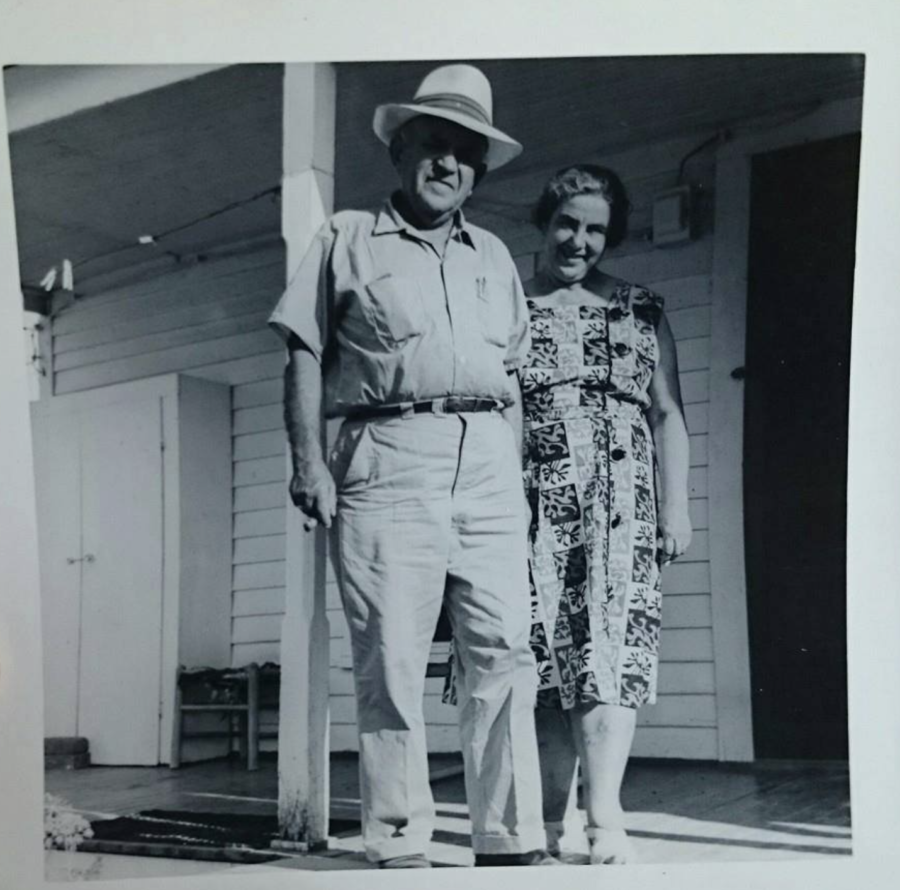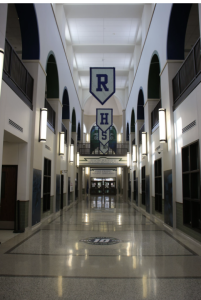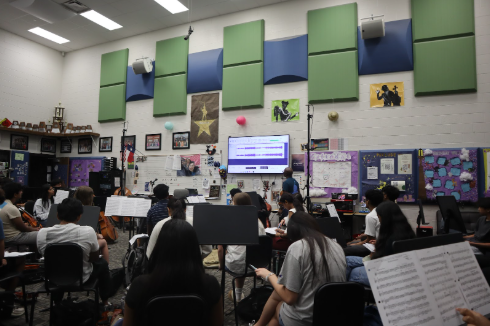Fleeing to Frisco: How One Jewish Family Escaped Nazi Germany and Rebuilt Their Lives
February 19, 2022
Today, Frisco, Texas is known for its rapid growth, amazing schools, and vast amenities. However, with the fast-paced development of the city, many of the fascinating stories of those who first came here have been lost. This month, the Frisco Heritage Museum has opened an exhibit on how a Jewish couple evaded Nazi Germany and rebuilt their lives in Frisco.
The Fleeing to Frisco exhibit is centered around Leo and Irma Wollenreich’s journey to freedom, featuring original handwritten letters by Irma, family photos, newspaper articles, Irma’s original cookbook, and a 300-year-old Shabbat lamp that resided in the family home. The exhibit will be open from March 24th to August 31st and is a joint effort between the Heritage Association of Frisco and the Holocaust Memorial in Jerusalem, Israel.
Before World War II, Leo Wollenreich was a successful cattle trader in Straubing, Germany. With the rise of the Nazi Party, Leo was eventually forced to sell his property and home to an elite Nazi family. He was then imprisoned at the Dachau Concentration Camp in 1938, where he remained for three years.
After escaping the camp, Leo and Irma fled Germany immediately. Through a connection in Dallas, the Wollenreiches left on a ship named the Nyssa on June 3rd, 1941, and arrived in New York on June 13th. The couple made extensive sacrifices, leaving behind the life they had known and fleeing to another country with as much as they could carry.
After working as farmhands, Leo and Irma saved enough money to purchase approximately 15 acres in the Frisco Area. The couple established a cattle trading business and began to rebuild their lives. The Wollenreichs quickly became very active members of the Frisco community. Many recall Irma opening the doors to their small farmhouse and baking cookies for the neighborhood’s children.
Irma spent much of her time in Frisco searching for her mother, Luise Hesslein. On April 25th, 1942, Luise and 851 other Jews were led through the streets of Wüzrburg and onto a train. Upon her arrival at the concentration camp, she was told to leave her luggage along with the life she once lived. Irma spent the next five years writing to correspondents in Germany, desperately seeking answers to what became of her mother. Many of these letters are featured at the exhibit.
The Wollenreiches maintained the property until their passing and deeded the land in 1989 to their loyal ranch hand, Jesse Sanchez. Jesse and his wife Lupe kept up the farm until 2005, when they sold the home. Since then, the Sanchez family has made generous contributions to the Fleeing to Frisco exhibit.
Fleeing to Frisco shines a light on the sacrifice and struggles that Jewish people were subject to during the Holocaust. Jews were forced to leave their homelands and, in this case, a prosperous business to escape the Nazis. Luckily, this particular story ends in the welcoming arms of Frisco. Especially today, fully understanding our world’s past mistakes and hardships is essential in moving forward.
For many Jewish students here at Reedy, the exhibit serves a much greater purpose than offering a better understanding of the Frisco community.
“It’s important to learn about Jewish culture in order to spread awareness about the event and make sure it can’t repeat itself and is prevented in the future,” says Reedy Freshman, Ashley Rabinowitz.
So far, the exhibit has racked up extremely positive reviews, with visitors leaving the exhibit with a better understanding of the Frisco community in relation to world history. If you are looking for something to do this summer, make sure you remember to stop by the Fleeing to Frisco exhibit at the Frisco Heritage Museum for an experience that is both insightful and riveting.









